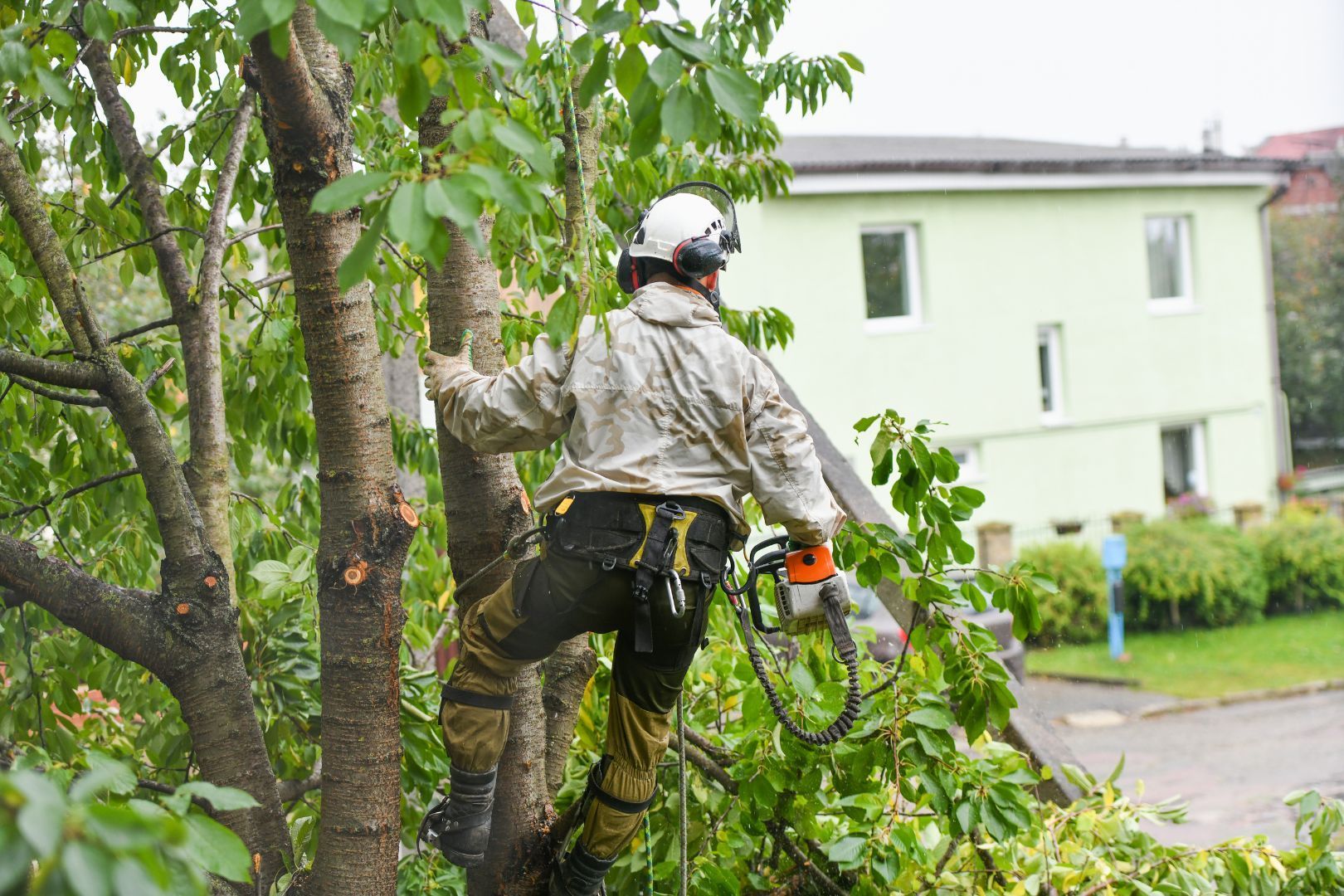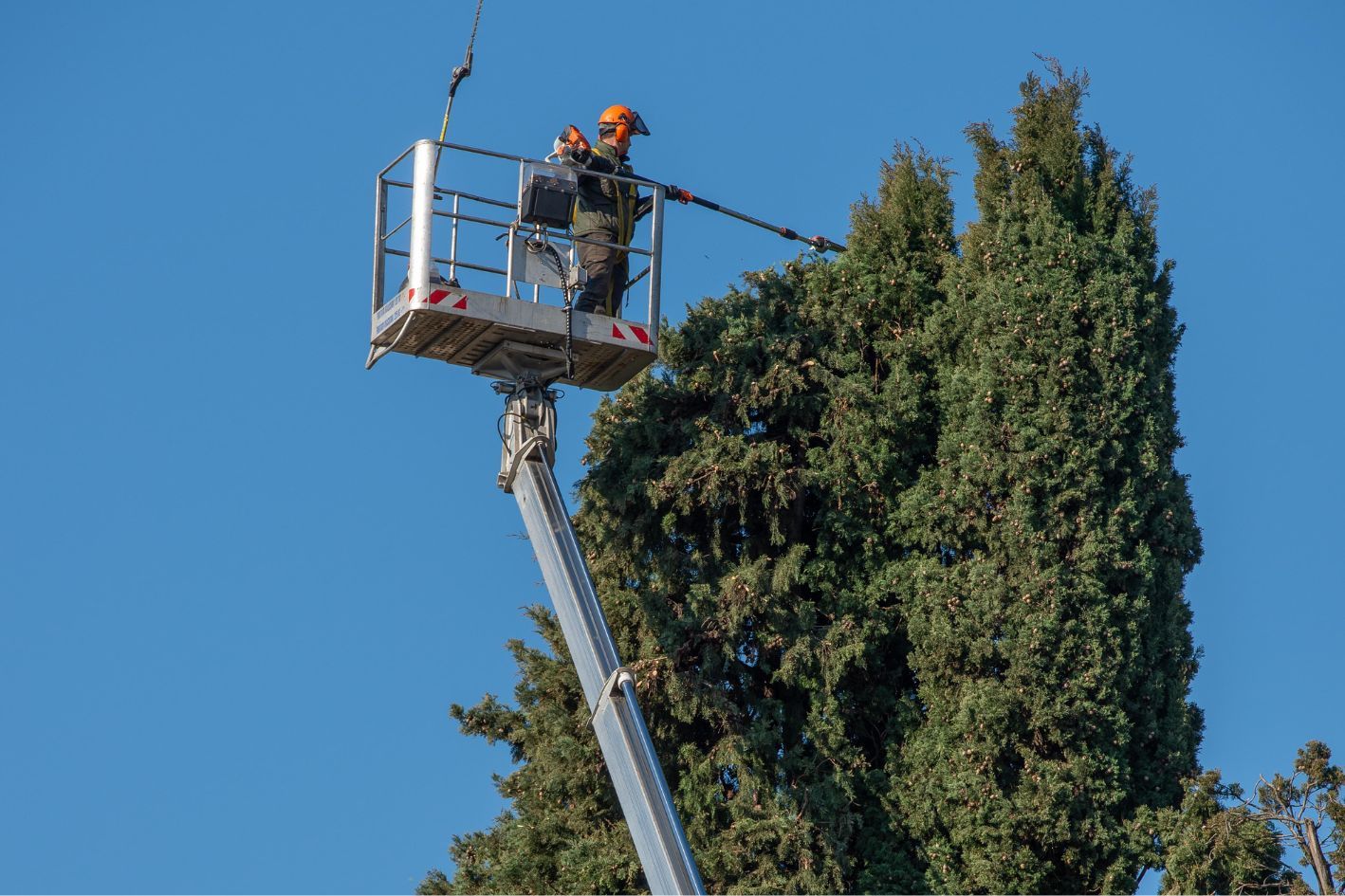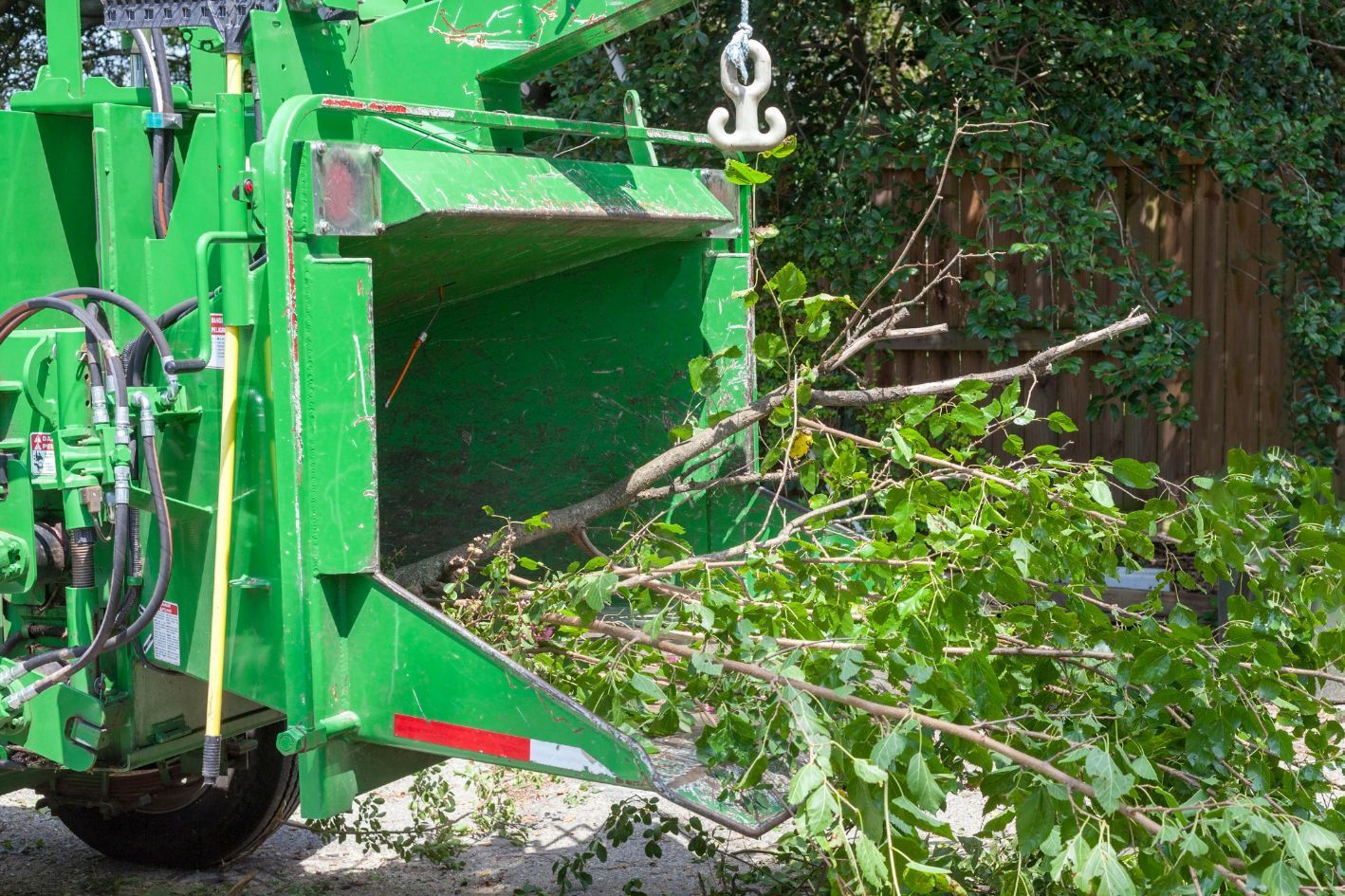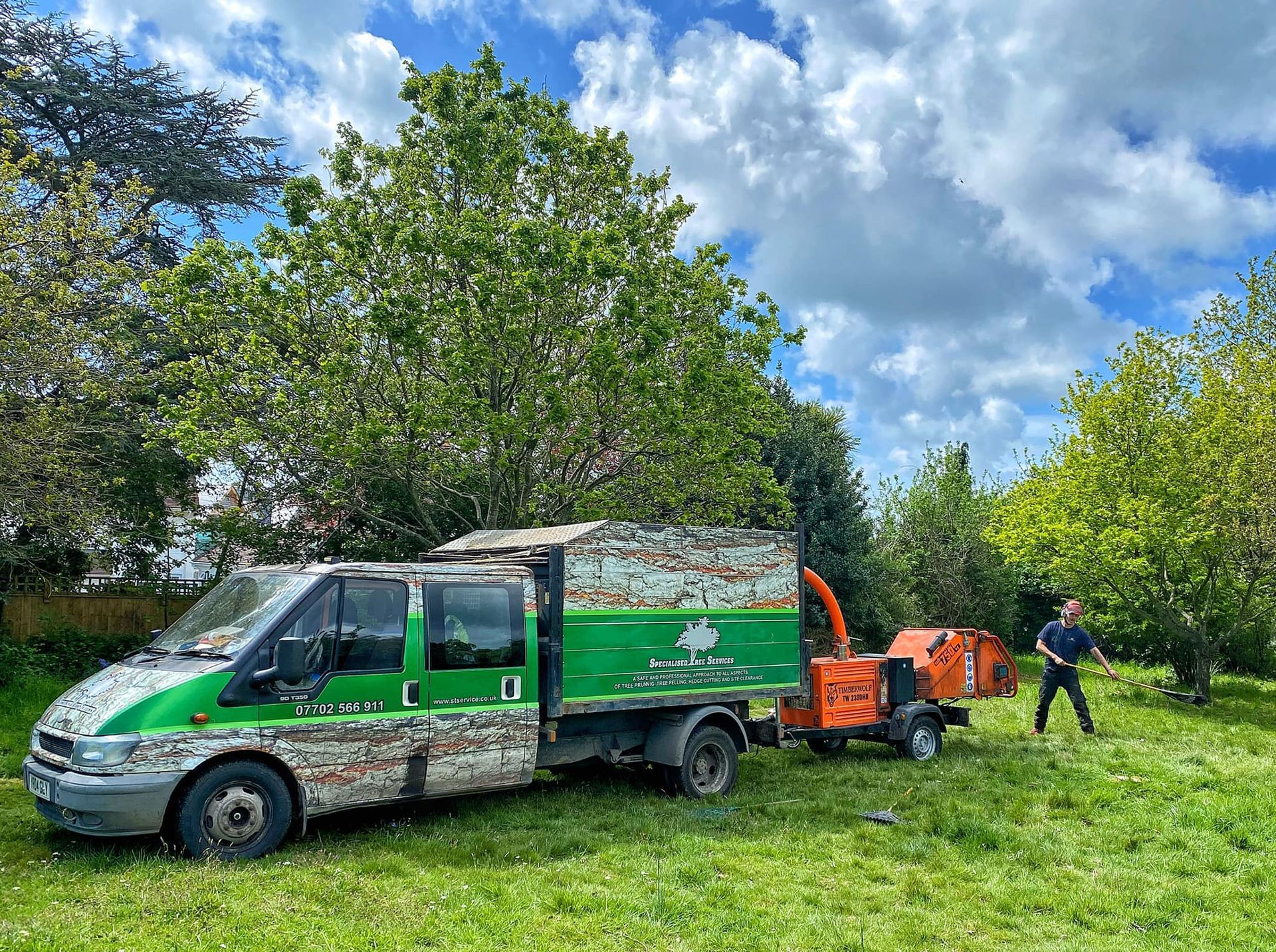The Environmental Impact Of Tree Removal and How To Minimise It
Trees are an important aspect of our environment because they provide several benefits such as
better air,
wildlife habitat, and
visual attractiveness. However, there are occasions when
tree removal is required. It's critical to recognise the environmental impact of tree removal and seek strategies to minimise it, whether it's due to
safety issues,
disease, or
urban development. In this blog post, we will look at the various components of
tree removal and examine sustainable techniques to reduce the
environmental impact.
Ecosystem Service Loss
Trees play an important role in
ecosystem services such as
carbon sequestration,
air purification, and
temperature regulation. When a tree is cut down, these functions are jeopardised, resulting in higher
greenhouse gas emissions,
poorer air quality, and
altered microclimates. To mitigate these effects, it is critical to prioritise
tree preservation and, whenever possible, consider
alternatives to removal.
Biodiversity and Habitat Loss
Trees provide habitat for a wide range of animals, from birds and insects to mammals and fungi. Tree removal can disturb these ecosystems, resulting in biodiversity loss. To mitigate this impact, detailed ecological assessments must be performed prior to tree removal, and strategies to protect and improve habitat connections in the surrounding area must be implemented. Replanting native tree species can also help restore biodiversity and create new habitats.
Soil Erosion and Water Run-off
Tree removal can increase soil erosion and run-off, particularly in locations with steep slopes. The root system of the tree aids in soil stabilisation, limiting erosion and facilitating water infiltration. Implementing erosion control measures, such as constructing erosion control blankets or retaining walls, can assist keep soil integrity and reduce flow to mitigate these impacts. Furthermore, keeping existing trees near bodies of water can assist protect water quality by filtering contaminants and limiting run-off.
Urban Heat Island Effect
By minimising the urban heat island effect, trees provide shade and help cool urban areas. When trees are cut down, the temperatures in the surrounding areas rise, necessitating increased energy usage for cooling. To reduce this impact, urban planning must incorporate tree planting schemes and prioritise the preservation of mature trees. Planting shade-giving trees in suitable locations around buildings and paved surfaces can help lessen the heat island effect and lower energy consumption.
Eco-Friendly Tree Removal Practices
When tree removal is necessary, using eco-friendly methods can assist reduce the environmental impact. Among these practices are:
a. Selective Removal: Choose selective removal over clear-cutting whenever practicable to protect the current tree canopy and minimise habitat impact.
a. Proper Disposal: Ensure that removed trees are recycled or repurposed properly. Wood can be utilised to make timber, mulch, or biomass energy, minimising waste and increasing resource utilisation.
c. Reforestation and replanting: Replanting native tree species in the same or surrounding areas can help restore ecological balance and provide new habitats.
d.
Consulting Experts: Consult with
licenced arborists or
tree care professionals who adhere to sustainable practices and have a thorough understanding of
tree biology and
preservation procedures.
Tree removal may be essential at times, but it is critical to be aware of the
environmental impact and take steps to mitigate it. We may offset the negative consequences of
tree loss and contribute to a
healthier and more
sustainable ecosystem by prioritising
tree preservation, undertaking
ecological assessments, applying
sustainable practices, and replanting
native species. Let us strive for a balanced strategy that protects both
humanity and
nature.
Ready to work with Specialised Tree Service?
Let's connect! We’re here to help.
Send us a message and we’ll be in touch.
Or give us a call today at 07702 566911
Agency Contact Form
We will get back to you as soon as possible
Please try again later
Specialised Tree Service – Blog




GET IN TOUCH
FOR MORE INFORMATION
Please fill in our contact form
Contact Us
We will get back to you as soon as possible
Please try again later
All Rights Reserved | Privacy Policy | Specialised Tree Service | Built by iGen Media Ltd



